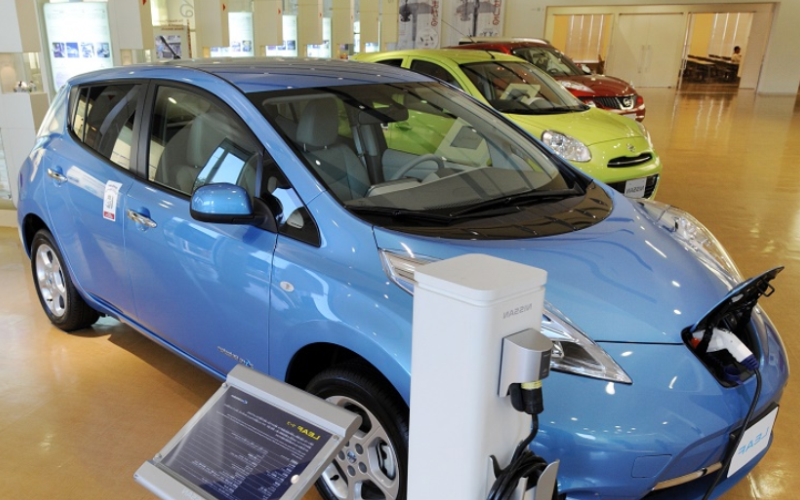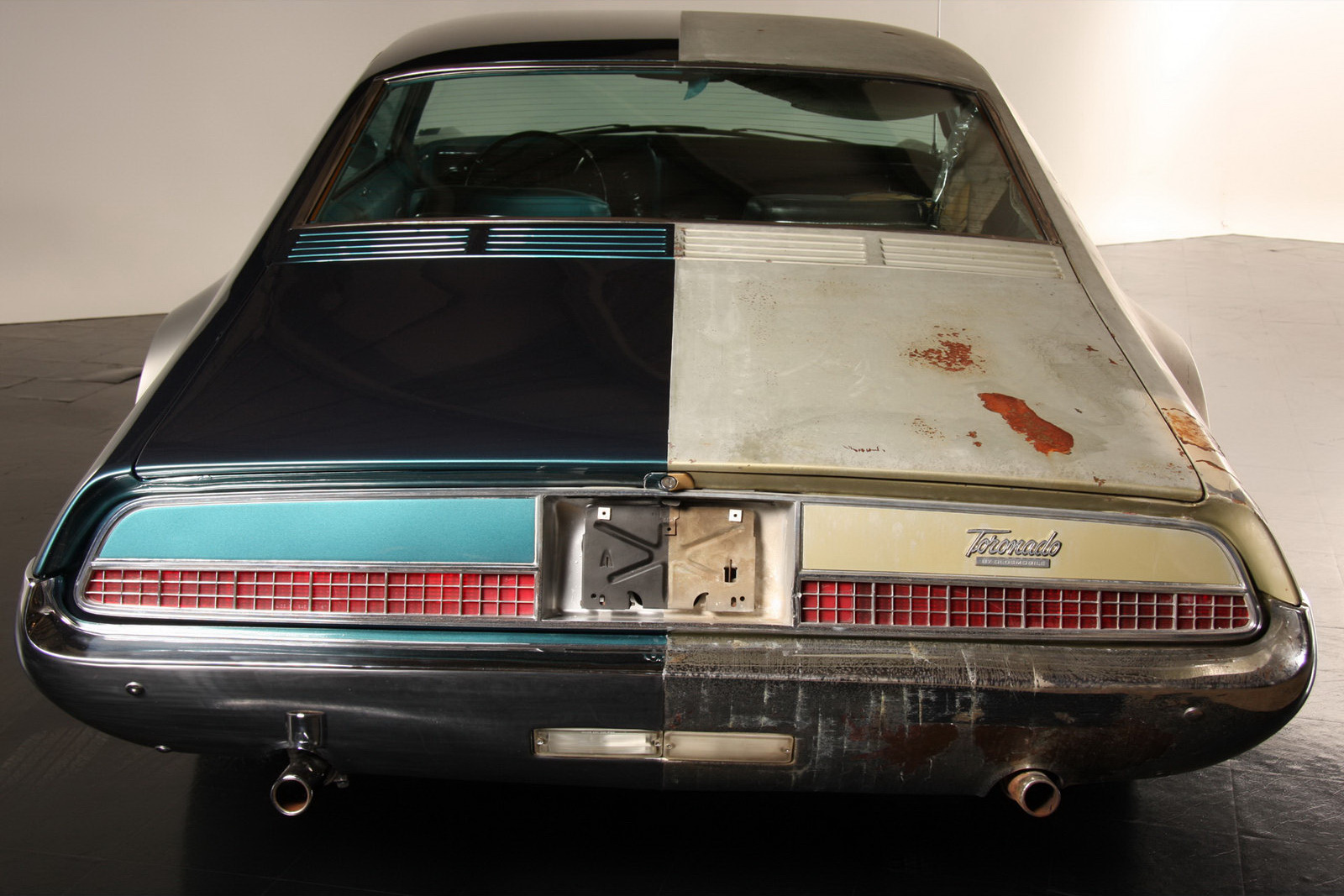In this final section, we will offer further insight into the world of auto insurance by blowing wide open some of the more pervasive myths that do the rounds in society. People get ideas into their minds about car insurance because they hear from them from colleagues, even auto professionals like mechanics, as well as in popular and social media. This misinformation needs to be dispelled. We will do our best with the examples below:
Myth #1: Seniors (or Ages Close to Seniors) Always Pay More for Auto Insurance
The stereotype of the terrible senior driver is highly prevalent in modern media. Shows like South Park have taken considerable time to poke fun at seniors whose driving abilities (and mental state) are questionable. This image leads many to believe that car insurance for seniors is always far more expensive than for others, and that turning 60 just means that your premiums go into overdrive.
The key factor that makes this is a myth is the word “always.” In fact, there is some truth to the idea when you go north of 65 or 70. According to valuepenguin.com, car insurance for seniors of age 65 and over hits, on average, $1,738 a year. At that point, the many gains you’ve made as a careful driver earning cheaper and cheaper insurance start to reverse themselves.
It’s true that insurance companies do generally view much older drivers as an equal risk to the very young. Their driving habits can be risky, they lose their hearing and their eyesight suffers, and their reactions slow. All of these things can’t make up for any level of careful driving. They may not always be involved in serious accidents themselves, but they can be the cause of many others.
For seniors age 60, however, it’s a different story. According to motor1.com, The optimum age for premiums is 50-59 years old, with an average yearly premium of $1,296. When you enter the 60-69 years age group, it goes up to $1,325, but that is still lower than the 40-49 years group ($1,396), the 30-39 years group ($1,449) and the 25-29 years group ($1,608). For your reference, all of these are prices for policies that include comprehensive and collision coverage and a $500 deductible.
So, for at least 20 years of your “older” years, and the in the beginning of your time as a senior, you will not really be paying over the odds for car insurance. Individual providers with whom you’ve had a policy with for a long time may also be more understanding if you have a clean record, meaning you could probably get a much better rate than the average.
Myth #2: Credit Scores Have Little or No Effect on Insurance Premiums
When you think of your credit score, you imagine getting a loan, renting an apartment or being approved for an increased limit on your Visa or Mastercard. You might never have considered that it could have something to do with your auto insurance as well, but it does. When you are trying to get a quote for insurance, the amount you are quoted by an insurance provider is greatly affected by something called the credit-based insurance score.
The credit-based insurance score is a rating derived from your overall credit history. The number used is slightly different from that of your credit score. The credit score is used to predict whether or not your credit-backed financial activity will descend into a dangerous and risky case of delinquency. With insurance, it is also a risk assessment, but instead of wondering whether or not you’ll be able to pay, they assess whether or not you’re likely to make a claim.
The foundation of this assessment is a look into your credit history. They will look into your credit history and look for signs of poor financial management. If they find things like debts repaid late, dozens of rejected applications for credit, many multiple credit accounts being held simultaneously, then they will interpret this as someone who is not very good as managing their money. In the eyes of an insurance provider, someone who is not good with money is someone who is more likely to file a claim.
Therefore, it is in this way that your credit score does have an impact on the level of annual insurance premium that you have to pay.
Myth #3: Your Car Color Impacts Your Insurance
There is an interesting theory that makes its way around car ownership circles that certain colors of cars apparently will cost you more with an insurance company. One of the principal theories is that brighter, more vivid colors like white or bright yellows and greens would cost more to insure because they stand out so much more from the duller more monochrome colors such as black, grey and silver.
There is perhaps a somewhat strange and twisted logic to this way of thinking. A brighter color would stand out, and therefore perhaps draw greater attention from thieves or vandals, but when you apply some further thought, it doesn’t make sense.
First of all, a car thief is attracted to many things, but color isn’t likely one of them. Perhaps the color of your car would catch their eye, but if it didn’t meet a dozen or more other criteria, too, then it would make no difference. A criminal looking to break into a car would look for:
- Older cars with weaker security systems
- Cars with visible goods of value “on display” within them
- High-worth vehicles with valuable components to sell to a chop shop
Color doesn’t factor into their decision making at all. There is one sense in which color could in theory contribute to your insurance premium rate, and that’s only if some special type of paint that you have chosen could significantly raise the value of the car. Even then, the calculation is still founded in the value, and not the color of the paint.
Myth #4: All Insurance Covers You from Theft, Fire or “Act of God”
When we buy any kind of car insurance, it’s natural that we assume that things like theft, fires and “acts of God” such as natural disasters like wild fires and earthquakes would all be covered as a matter of course. How could any of those things be viewed as our fault? The insurance company will surely take pity on us and help us out in those situations, won’t they? Well, actually, not necessarily.
Since a lot of drivers only buy liability insurance, the level of cover that they have is extremely limited. With average auto insurance costs being as they are, it’s easy to understand why people choose to limit their coverage to liability insurance, which is nearly always the cheapest option for them. In most states, it’s also sufficient, providing cover for damages to a third-party’s car, and possibly medical expenses if necessary, too.
Liability insurance alone, however, does not cover theft, fire or natural disaster. If you want to ensure that you have these types of coverage, then you need to include at least “Collision Coverage” in your policy, and “Comprehensive Coverage” if you want to be sure of all types of damage being covered.
Why don’t more people buy comprehensive coverage, then? There are two reasons. The first, as we have touched on above, is the expense of it. According to carinsurance101.com, full comprehensive coverage is, on average, $39 more per month than liability-only insurance. That adds up to around $470 extra each year.
The second reason people don’t buy liability insurance is the comparison of the policy cost and the real value of their car. Imagine you’re driving an older pre-owned car that may now only be worth about $1,000. Do you want to be paying well over $1,000 each year just to insure it? If you insured the car without claiming over several years, you could have used the wasted money for a downpayment on a better car.
Myth #5: If Another Person is Driving Your Car, Their Insurance Covers Your Car
As a policy holder, you should be aware that in insurance claim matters, whichever policy is the one covering that particular vehicle is the “primary cover” for that car. You shouldn’t ever suppose that your friend’s insurance company would step in just because he was the one driving the car. Your policy covers that vehicle, and thus you are liable to cover any damages that are caused by the person driving that car, be it you or someone else.
This reality is known as insurance policy “following the car” as opposed to “following the driver.” Most kinds of liability insurance follow the driver instead of the car, but collision and comprehensive coverage always follow the car. With the latter two insurance types, you can also be sure that family members are covered on that same policy. Non-family members can be added to the policy, but typically won’t be covered for personal injury or other thing unless they are explicitly named as an additional driver on the policy.
Myth #6: A Traffic Ticket Will Send Your Premiums Shooting Upward
This is a very common belief. While it’s true that having traffic infractions on your record can affect your premiums, there are many minor infractions that have little to no effect. If you have an otherwise clean record, but got pulled up and ticketed for failing to fully stop at a stop sign, then your premiums might not go up. This is especially the case if was seen that this was an isolated incident.
It’s only when you get either serious traffic infraction punishments, like going vastly over the speed limit or getting a DUI that your premiums would be so adversely affected. Furthermore, they are usually most affected only when multiple minor offenses build up over time and demonstrate a pattern. You shouldn’t ever think that any kind of ticket will result in massive increases in premium costs.
Myth #7: Insurance is More Expensive for Leased Cars
There is an idea that leased cars are somehow uniquely expensive when it comes to their insurance costs. It stems from the fact that it being a leased vehicle, it is technically owned by the lessor, which is either the dealership or a separate leasing company. While they are the owner and you are the user, they may insist that you purchase a policy that includes both collision and comprehensive coverage. That being so, it is true that your policy will be more expensive than on a car you own yourself and could choose a cheaper liability-only option.
The claim is somewhat misleading, however, because this fact is not exclusive to leased cars. If you purchase a car with an auto loan, then you also will likely have to have collision and comprehensive cover, because the finance company is likely to make it a requirement that you have it while you are still paying off the car. Once you have finished the 3- to 5-year payment plan, then you can insure it however you like, but until then you have to follow the finance company’s rule.
There is one more factor to consider here, too. The reason both leased and financed cars can cost more to insure is because they are invariably brand-new cars and the very latest model years. They are worth a lot more money and thus warrant much greater protection. If the annual insurance cost for a brand-new car is $1,300, but the car itself is worth anywhere from $28,000 to $35,000, then you’ve got pretty good value for money.
Consider the alternative. If you bought a brand-new car and only covered it with a liability-only policy, then your overall insurance costs would be lower, but if anything happened to the car that wasn’t covered, the very expensive repair costs would be shouldered by you alone.
Myth #8: High-Tech Wizardry Will Give You Lower Premiums
Cars in the 21st century are incredibly advanced. Even cars from 2021 are infinitely superior in technology integration than those from just 10 years prior in 2011. One area in particular where cars have advanced is in that of Advanced Driver Assistance Systems (ADAS) technology. Examples of ADAS technology include lane departure warning, blind spot monitoring, tire pressure monitoring system, parking assist, reverse camera, rear cross-traffic alert, and so on. There are a great many technologies available today, and more coming every year.
What does all this have to do with insurance myths? One prevailing misunderstanding among car buyers is that opting for additional ADAS equipment in your car will somehow lower your premiums. They may make the car safer for you to drive, but they also do something else — they make the car more expensive. Cars loaded to the brim with ADAS features are problematic during repair and servicing because it’s easy to knock their calibration off kilter. This is why cars with ADAS features need to be recalibrated after certain work is done to them.
For example, if such a car gets a replacement bumper, or the bumper had to be removed in order to gain access to another component behind it, then the ADAS sensors, cameras, radars, LIDAR and other components will have to be fully recalibrated by specialists before the car is safe to go back on the road again. That adds to repair costs, and those repair costs might be being covered by your insurance company after an accident.
One thing you can add to your car to reduce premiums (possibly) is additional security equipment. If you put in stronger anti-theft devices, or a GPS tracking system that would help the police recover the car in the event of it being stolen, then insurance companies may be willing to lower your premiums. Geico, for instance, offers discounts of up to 25 percent for those who install anti-theft devices.
Conclusion: Don’t be Taken in By the Myths
When you are shopping for car insurance, never allow yourself to be taken in by so-called “common knowledge” or “conventional wisdom.” When these things are the product of rumors and baseless hearsay, they are rarely founded in any kind of sound reasoning. Take the time to read the various policies and requirements of insurance providers, shop around, and never assume that what applies within the policy of one provider will automatically be the same when it comes to another provider. Follow this advice and you won’t get caught out.



